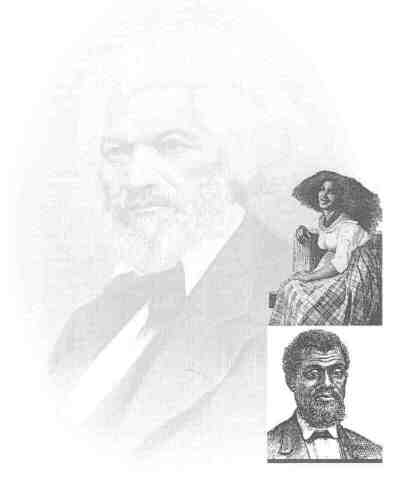 |
Home | Search | Browse | About IPO | Staff | Links |
 |
Home | Search | Browse | About IPO | Staff | Links |
|
Janice Bell Ollarvia
Overview
Main Ideas
Connection with the Curriculum
Teaching Level
Materials for Each Student
A copy of the narrative portion of this article
Objectives for Each Student
Identify key events and persons in the political and economic development of African-Americans in the Reconstruction era in southern Illinois.
Opening the Lesson
17
periods and the Black Codes. On the chalkboard or overhead projector, record what they "know" in a column headed K. In a second column, headed W, have students indicate things they "want to know" about Cairo, and/or the history of African-Americans during the period. Leave a column L for students to record what they learn upon reading and discussing the article.
Developing the Lesson
For Activity 1, divide students into groups of four or five. Have them discuss and respond to the questions. If possible, allow them to refer to source material (dictionary, textbooks, encyclopedias) located in your classroom. For Activity 2, you may wish to discuss the quotation with students to monitor their understanding of the demands. If you wish, give students some background information on the Niagara conferences. As they discuss the demands, move from group to group to answer any questions and to monitor progress. Students should complete Activity 3 individually.
Concluding the Lesson
Discuss with students the main issues they were to have learned. Refer to the KWL chart and lesson objectives.
Extending the Lesson
Have students research and report on court cases that led to the social and political disenfranchisement of African-Americans during the post-Reconstruction period.
Assign a research paper or project on the issues raised in this lesson. Have students write and deliver a persuasive speech in which they either encourage fellow African-Americans to organize to combat racial inequities during this era or encourage fellow white citizens to treat African-Americans with fairness. Divide the class into small groups. Obtain a political cartoon from a recent newspaper or magazine. Have students brainstorm regarding the meaning of the cartoon. Next, select a cartoon from the Reconstruction/post- Reconstruction era. Have students follow the same brainstorming process. Each group should select a spokesperson to share the group's conclusions with the class.
Assessing the Lesson
Give a test or quiz. 18
Discuss the following questions with the students in your group. Designate one student to record your responses and report them to the class.
The CAIRO
19
Read this resolution passed at the second Niagara conference at Harpers Ferry, West Virginia, in 1906. It might just as easily have been written by the citizens of Cairo. Use the resources available to be sure you know the meanings of the underlined words and phrases.
First, we want full manhood suffrage and we want it now. Second, we want discrimination in public accommodations to cease. Third, we claim the right of freemen to walk, talk and be with them that wish to be with us. Fourth, we want the laws enforced against rich as well as poor, against Capitalist as well as laborer, against white as well as black. Fifth, we want our children educated. They have a right to know, to think, to aspire. We do not believe in violence. Our enemies, triumphant for the present, are fighting the stars in their courses. Justice and humanity must prevail. We are men, we will be treated as men. And we shall win.
In your group, discuss each of the five demands. To what degree has each demand been achieved by African-American citizens today? Have one group member record your responses and report them to the class. 20
Imagine yourself to be one of the following African-Americans living in Cairo in 1885. In the voice of that person, write a journal entry or a letter to a relative in another part of the country describing what your life is like and what your aspirations are. Be sure to include some of the things you see and do during your day.
a blacksmith with a wife and children

Click Here to return to the Article
21
|
|
|